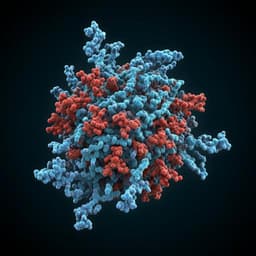
Chemistry
The reaction mechanism of the *Ideonella sakaiensis* PETase enzyme
T. Burgin, B. C. Pollard, et al.
Discover the groundbreaking research by Tucker Burgin and team that uncovers the intricate multi-step catalytic mechanism of the *Ideonella sakaiensis* PETase enzyme, crucial for tackling plastic waste. This study reveals a pivotal rate-limiting step and highlights the flexibility of Trp185, offering valuable insights for future enzyme engineering in plastics bioconversion.
Playback language: English
Related Publications
Explore these studies to deepen your understanding of the subject.







